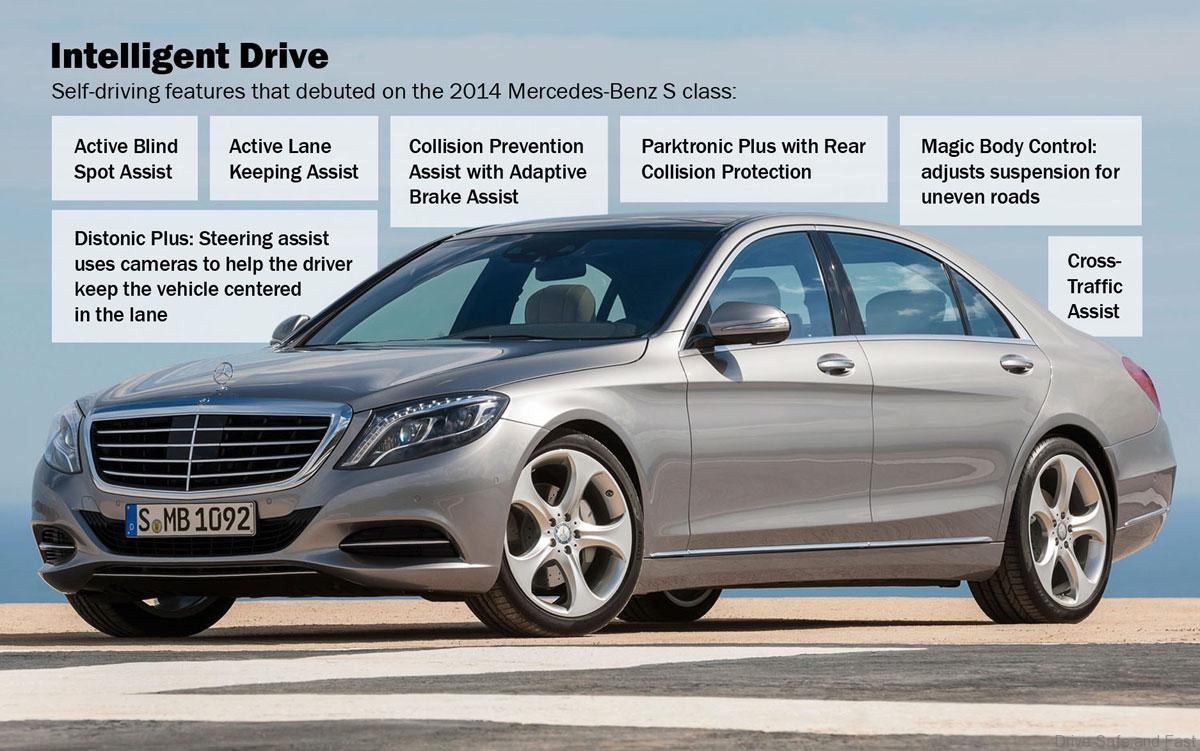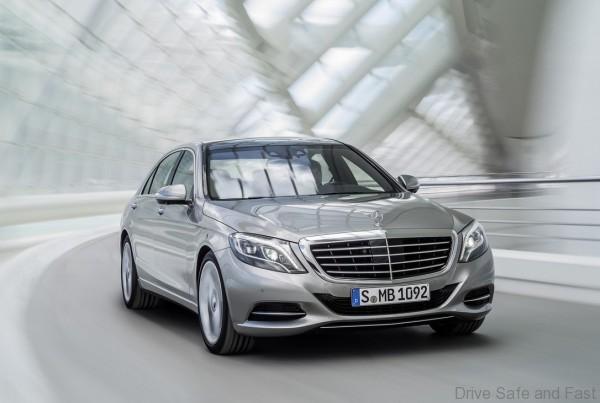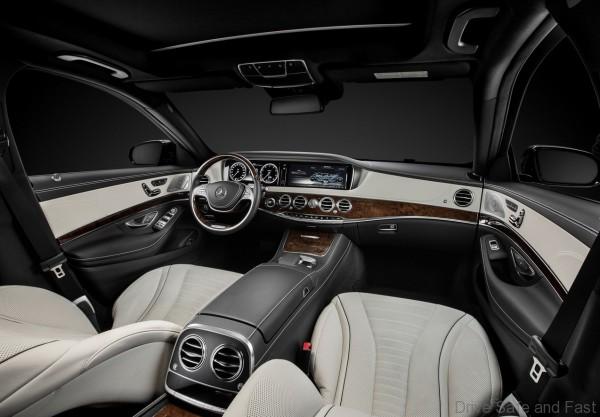Silicon Valley is making waves with news about self-driving cars. But the most-advanced vehicles that consumers can actually buy today come out of Stuttgart, home of Mercedes-Benz. When Mercedes debuted its new Intelligent Drive package of safety and driving-assistance systems last fall, it raised the bar for the rest of the industry. The features on the new S-class sedan are the most advanced in a production vehicle. And Mercedes-Benz appears likely to stay ahead of the competition for several years.
“When the S class debuted, I’d say they had a 30-month lead on the competition in terms of technology deployment,” said Dave Sullivan, manager of product analysis for AutoPacific in Tustin, California. “There are similar systems out there, but not with this level of integration and sophistication.
“This skips a whole generation of S class it went into the future. It is 70 percent autonomous driving.”
Competing carmakers offer some of the same assistance and safety features. But only Mercedes has integrated the sensors, controls and 36 separate technologies of which 11 are new or updated to work together in a bundle, which it calls Intelligent Drive. One Daimler executive said the system has been in the works for 15 years.
Probably the most advanced feature is traffic-jam assist, which rivals are scrambling to get into their vehicles. In congested traffic, a driver can let the car steer, brake and accelerate itself at speeds lower than 37 mph. Combining the features to work together is the tricky part, says Richard Wallace, director of transportation systems analysis at the Center for Automotive Research in Ann Arbor, Michigan.
“Sophistication is needed to integrate these features. They do seem to be ahead of the pack,” Wallace said. “It is easier said than done.”
Intelligent Drive includes systems to help prevent collisions, a pedestrian and animal recognition feature, lane keeping, parking assistance, rear-crash monitoring, crosswind stabilization, distance control, night vision and a suspension that automatically adjusts before the car hits an imperfection on the road. Those technologies work with 12 ultrasonic and six radar sensors and up to eight cameras that monitor 360 degrees of the car. The data from the sensors and cameras are collected in a control unit that combines the inputs, churns algorithms and spits out vehicle commands in less than a second.





